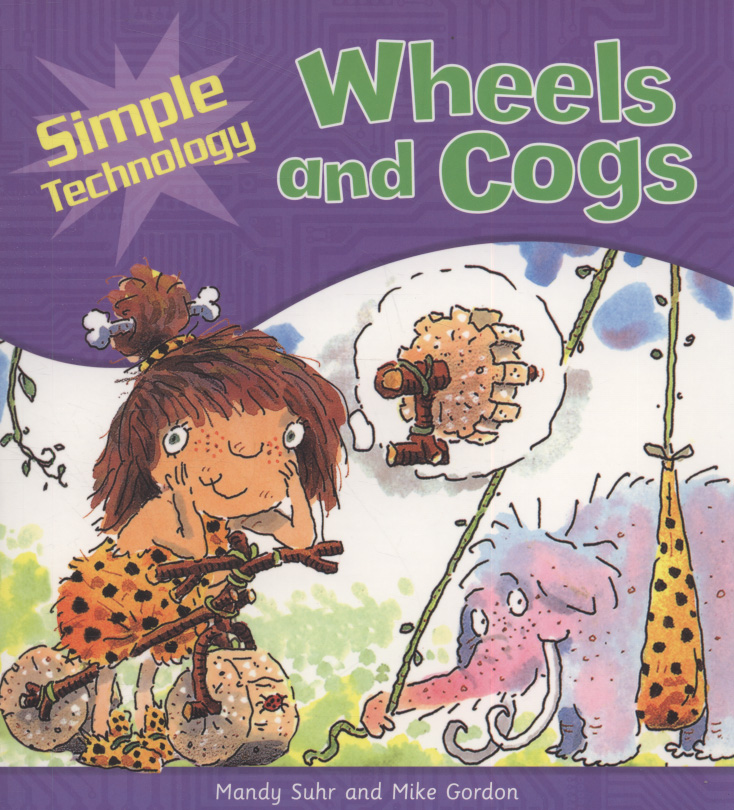Resources

Who designed the first wheel? Why do wheels need tyres? Full simple experiments help you find the answers to these questions.
With its winning combination of child-friendly, easy-to-read text, humorous illustrations and simple experiments, Simple Science: Wheels and Cogs makes learning about a basic technology concept fun.
Statistics in Your World is the series title for the teaching material developed by the Schools Council Project on Statistical Education for...
This item is one of over 25,000 physical resources available from the Resources Collection. The Archive Collection covers over 50 years of curriculum development in the STEM subjects. The Contemporary Collection includes the latest publications from UK educational publishers.
This book describes the history and development of the wheel, using examples such as rolling logs, to the potter's wheel and air filled tyres.
Wheels of fortune
This Core Maths activity includes four problems that remind students of familiar probability theory concepts, enable discussion and highlight possible misconceptions.
Wheels of fortune: Teacher Guide
This teacher guidance introduces the task, details the materials required and...
Gathers mathematical puzzles, problems, games, and anecdotes about mathematical and scientific discoveries.
This item is one of over 25,000 physical resources available from the Resources Collection. The Archive Collection covers over 50 years of curriculum development in the STEM subjects. The Contemporary Collection includes all the latest publications from UK educational publishers.
When assessment is working
|
Using a Diamond 9 activity Working with a colleague, arrange the cards into a diamond shape, (one card at the top, then three underneath, then five, then three on the next row, with one card at the... |
This item is one of over 25,000 physical resources available from the Resources Collection. The Archive Collection covers over 50 years of curriculum development in the STEM subjects. The Contemporary Collection includes the latest publications from UK educational publishers.
